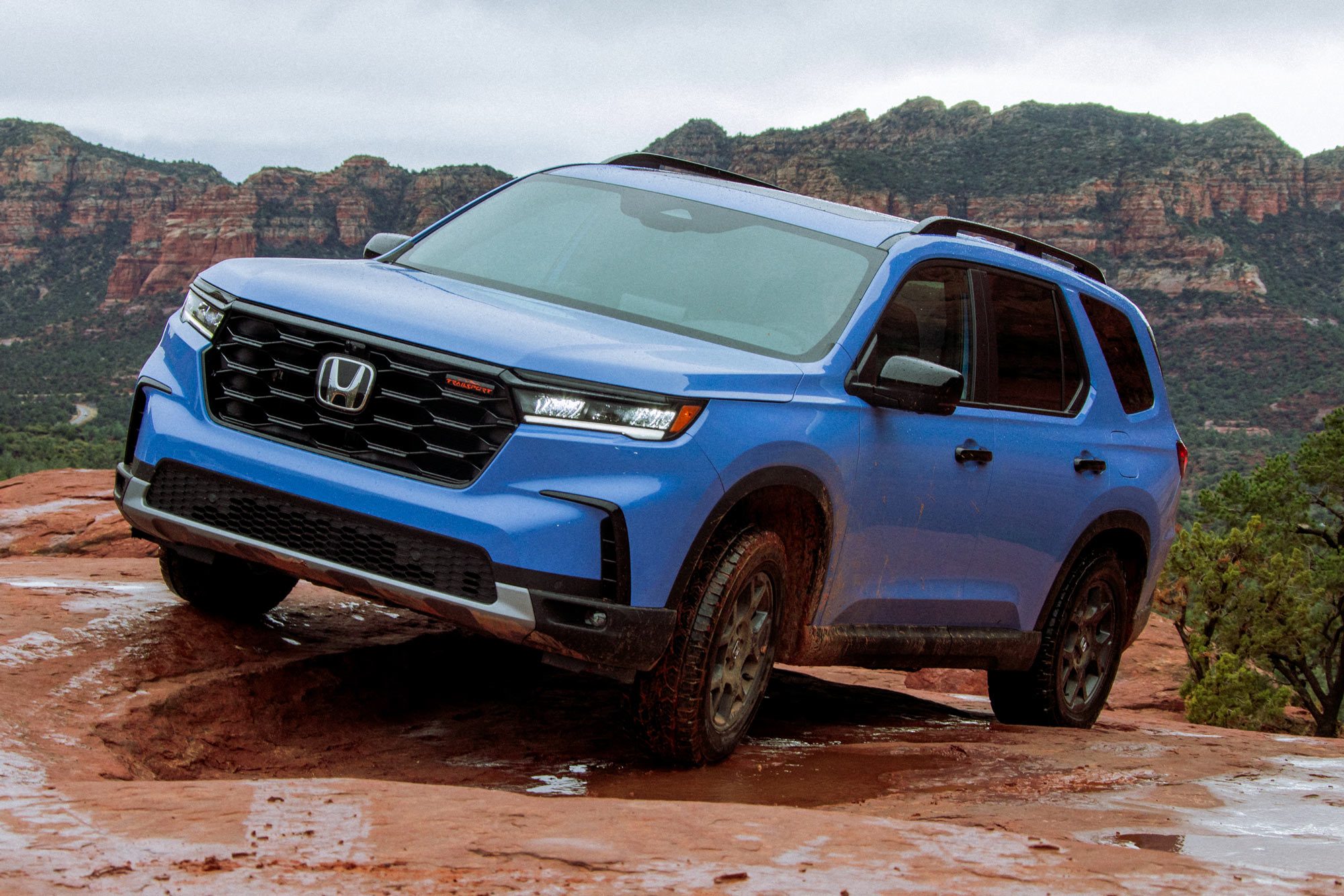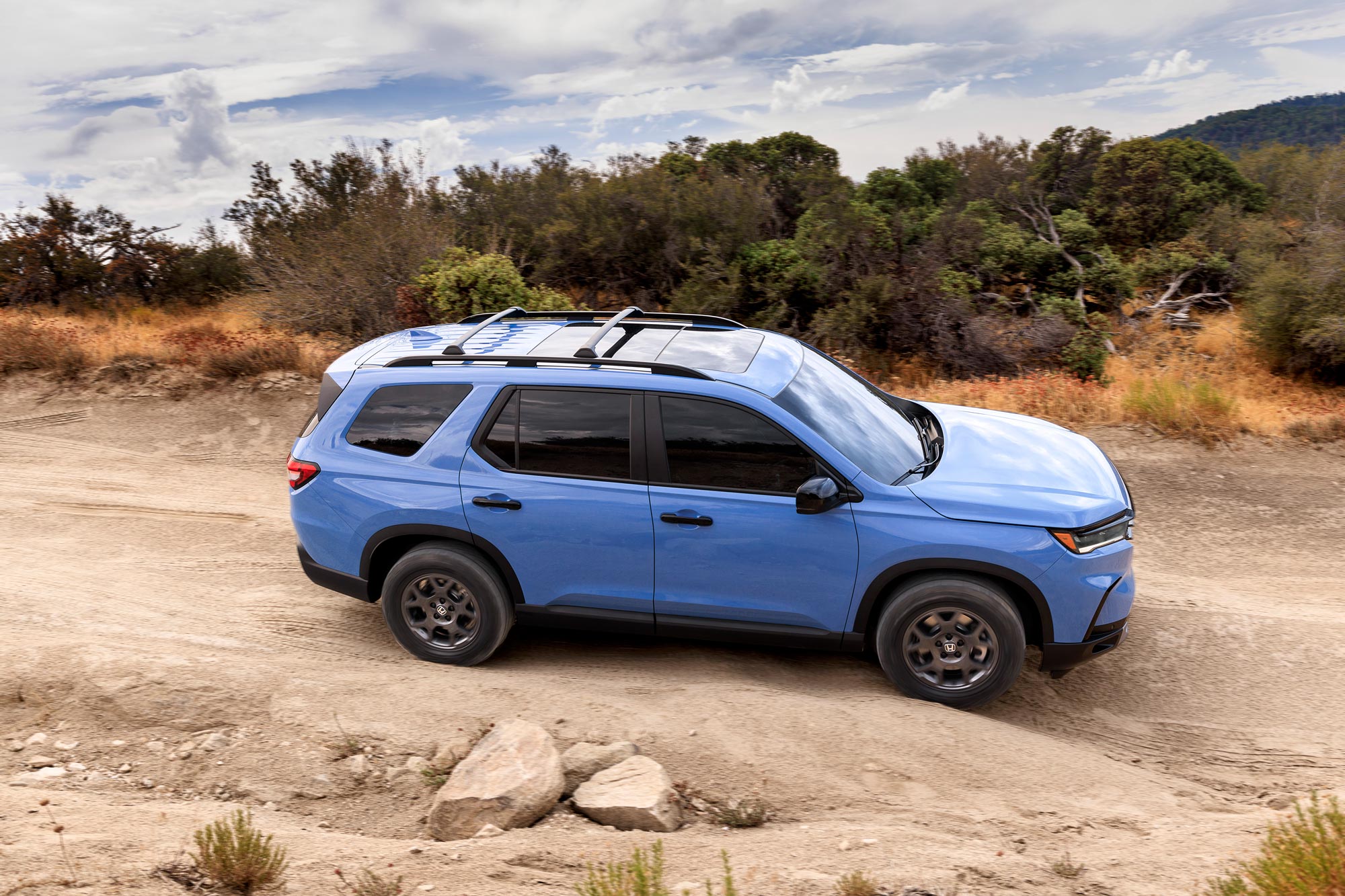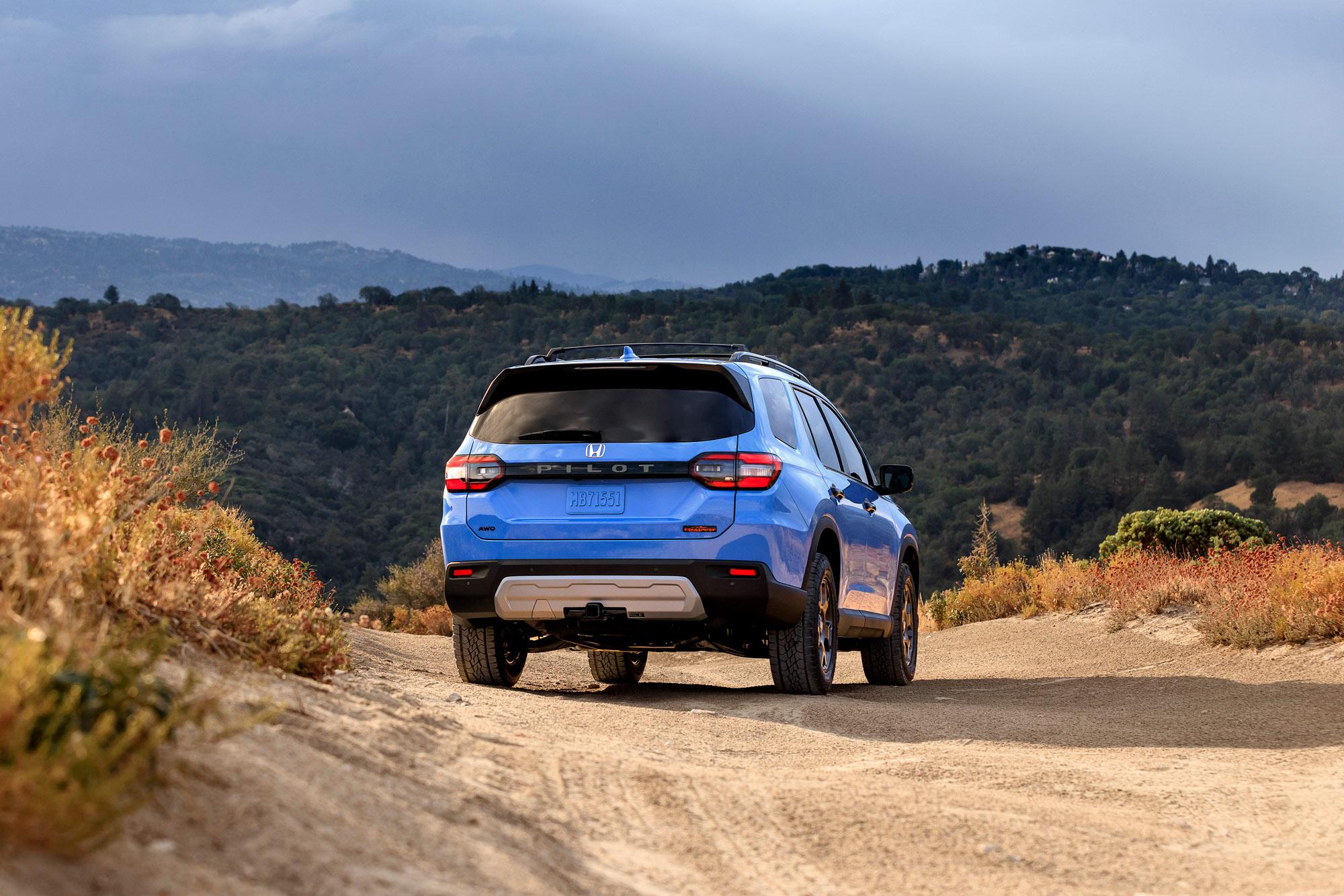The Best Model Years of the Honda Pilot for Reliability
Which model years to look for when shopping for a reliable SUV.
 Honda
Honda
QuickTakes:
The Honda Pilot first appeared as an affordable midsize SUV for the 2003 model year. By borrowing its carlike body structure from the popular Honda Odyssey minivan, it was able to provide a more comfortable and fuel-efficient alternative to traditional sport-utility vehicles of the era.
Since then, Honda has introduced three additional generations of the Pilot in North America. New versions appeared for 2009, 2016, and 2023. Each of these updates brought new features, styling changes, and mechanical upgrades, with the Pilot slowly getting larger inside and out over time. The successive generations also brought about growing pains in the form of production issues that SUV shoppers should be aware of.
In general, the Honda Pilot can be considered a reliable SUV. Honda has been quick to respond to reports by owners. An early transmission issue was largely sorted out, as was a problem with the gearbox in 2005. This same pattern is seen with the 2016 Pilot, where 2017-model-year owners do not report the same clunky shifting problems.
 Honda
Honda
Honda Pilot Model Years With the Most Problems
When looking at Honda's recorded owner complaints per model year, 2003, 2005, and 2016 stand out as the most problematic. The first year of production saw owners frustrated primarily by problems with the vehicle's transmission and interior accessories.
The transmission defect eventually forced Honda to issue a recall for repairs. Transmission problems were reported in 2005 Honda Pilots as well.
The 2016 model year Pilot drew a high number of owner complaints related to the transmission, the engine, and the vehicle's electrical systems. It's likely not a coincidence that these problems coincided with a redesign that brought major changes to the vehicle.
Honda issued several recalls for the 2016 model year Pilot, but none for its transmission. This means used 2016 models may not have had the problem — described as jerky acceleration — repaired.
Pilots from the 2016 to 2020 model years were also investigated by the National Highway Traffic Safety Administration for problems related to the engine's stop-start system, which could leave drivers stranded if the engine fails to restart after a stop.
Avoiding the problem years of 2003, 2005, and 2016 should result in average to above-average reliability from the Honda Pilot.
 Honda
Honda
Pilot Model Years With the Fewest Problems
Honda Pilots built between 2006 and 2008, as well as 2017 to 2021 models, have considerably fewer reported complaints than other model years. This is despite the investigation into engine stop-start system failures in the later model years and a recall involving the hood latch on 2016 to 2019 Pilots.
The 2012, 2014, and 2015 model years also show fewer reported complaints by owners. This is a logical progression, as the longer a model has been on the market, the more time a manufacturer has to perfect its design and fix any problems that are discovered after its debut.



